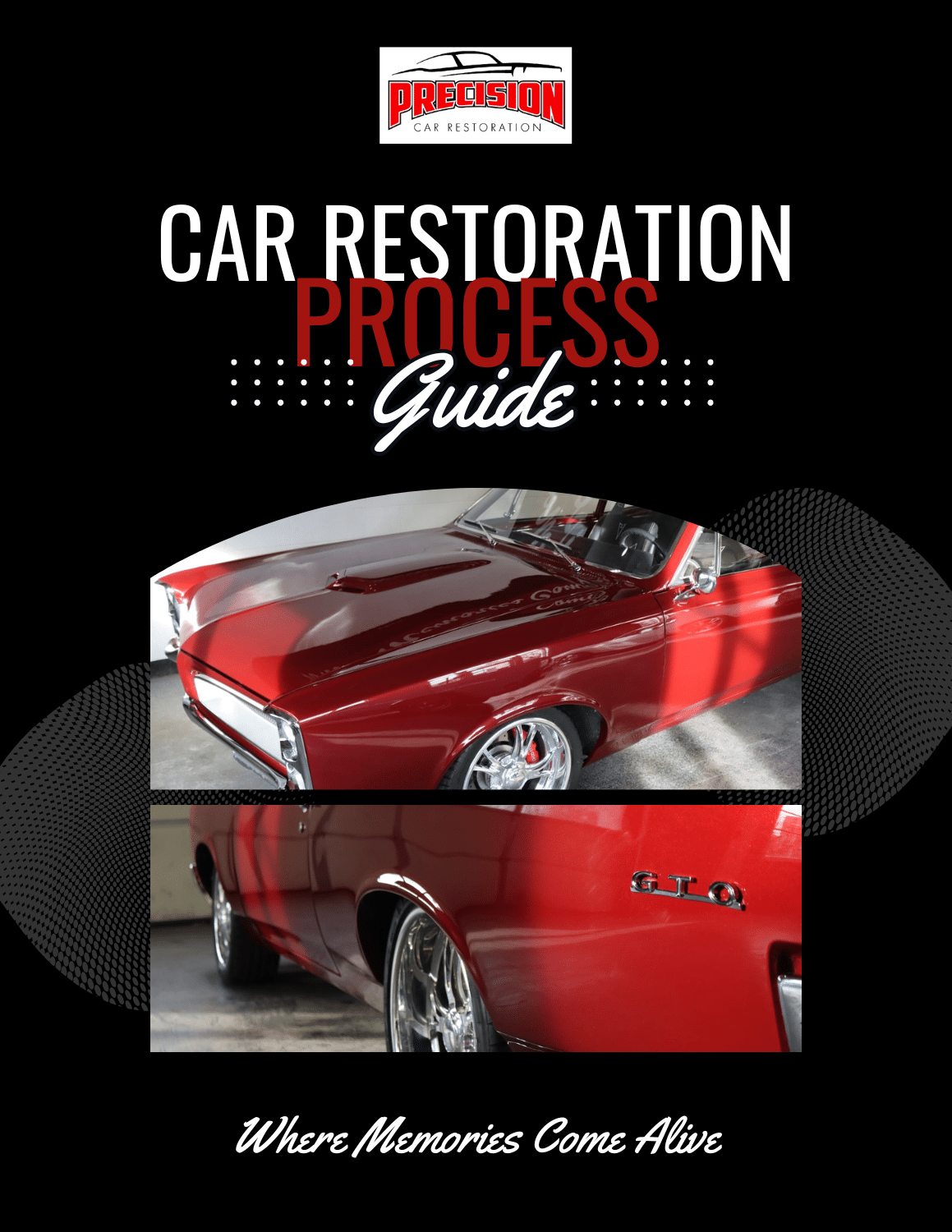Learning how to MIG weld is a skill that takes patients and time. A MIG welder is a necessary piece of equipment when it comes to any restoration. In order to make this skill easier to learn you must know the basics of the equipment you are working with. These welders usually have two basic setting, and depending on the unit you are using may use a shielding gas. I will show you the basics of each adjustment and explain how changing and adjusting these can greatly improve the performance of your welder and the strength and looks of your weld.

The two main adjustments on the front of the welder are the wire speed and arc volts (commonly referred to as the “heat” setting). Adjustments to shielding gas pressure can also be made. Using a combination of the wire speed and heat will give you the best weld. The gas adjustment is usually adjusted according to the environmental conditions.
Let’s start with the wire speed. Most welders have an adjustable know ranging from 1 to 5 or 1 to 10 with the lowest number being the slowest setting and higher number being the fastest. This setting adjusts the speed at which the wire is fed through the gun. A too fast of a setting will not allow the wire to arc and “melt” fast enough. This results in a poor penetrating weld. It will also look very rough with large pieces of welding wire and sharp edges. A wire speed that is too slow can also cause a poorly penetrated weld. When a wire speed is to slow you will notice that it is difficult to get a consistent weld. The wire will “burn” up into the gun assembly sometimes causing the wire to weld itself to the gun’s tip.
The other adjustment on the front is the arc volts. This adjustment is usually called the “heat” adjustment as it adjusts the amount of volts flowing through the wire. The more volts the hotter the wire. To hot of a setting and the metal will want to burn and melt holes. Too low of a setting the welds porous and will want to spatter and pop. The hotter the weld the, the more penetration of heat. This adjustment is usually adjusted according to the thickness of the metal. The thicker the metal, the higher the setting. The thinner the metal, the lower the setting.

When using a MIG welder with a shielding gas, usually a Carbon Dioxide/Argon mix, adjusting this according to the environment conditions not only help your welds, but save you money in expensive welding gases. The gauges on the take show two different readings, the first reading is the tank pressure. This gauge shows how much pressure is left inside the tank this is not adjustable. The second reading is the actual pressure being used. In a usual setting within a shop the pressure can be set at around 20 L/min. The shielding gas can be adjusted higher if outdoors or slightly lower if in an area with little or no air movement.

There is no one setting that can be used for every piece of metal, every patch, or every bracket. Different metals have different properties, so getting the welder “dialed in” for your conditions and material will require using a combination of the settings. For example, when welding a heavy bumper bracket a higher volt setting and a lower wire speed may be used. When welding a patch into a quarter panel, you may want to use that same low wire speed with a lower heat setting. Using these two adjustments in combination will give you the best results. A good weld has a sound, a look, and a feel, that you will know when you get it right.


